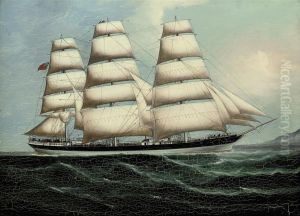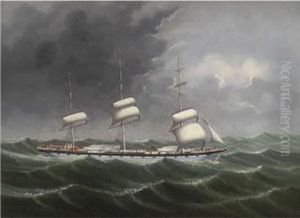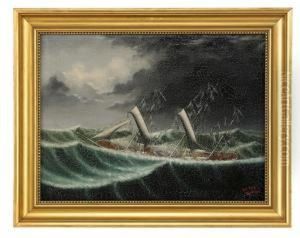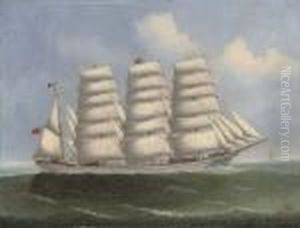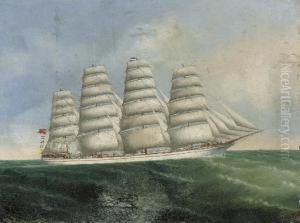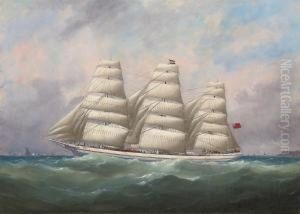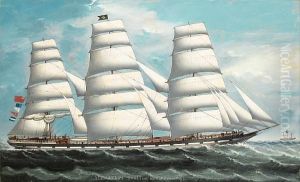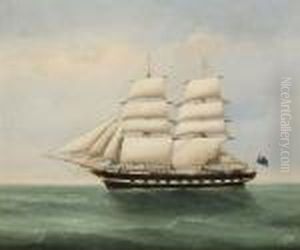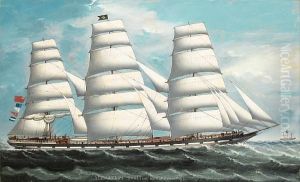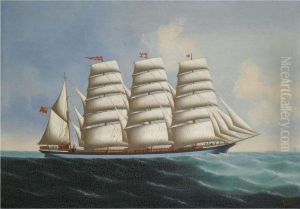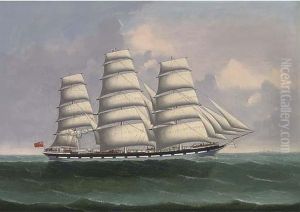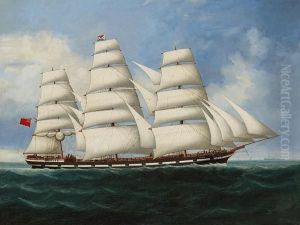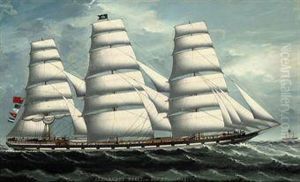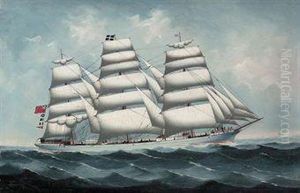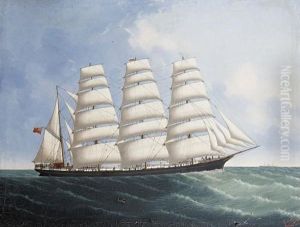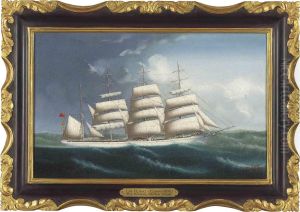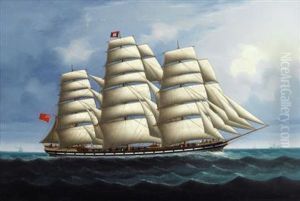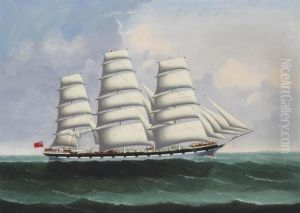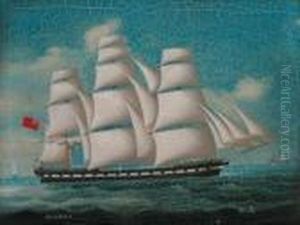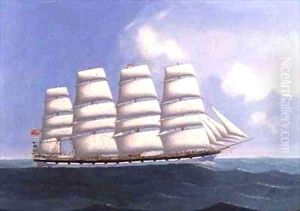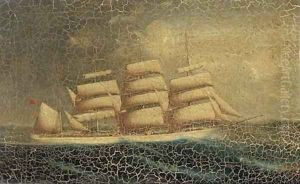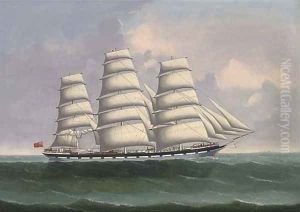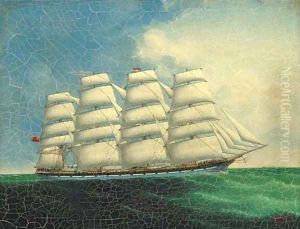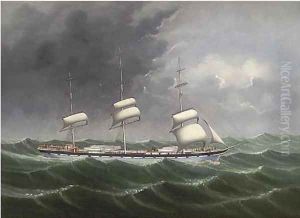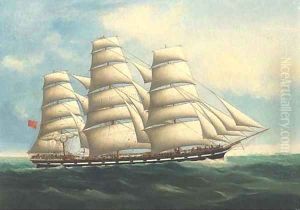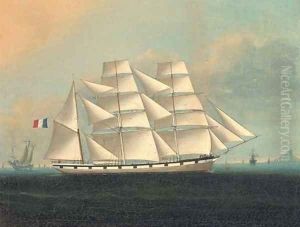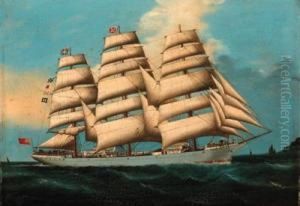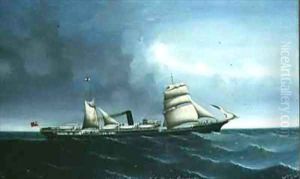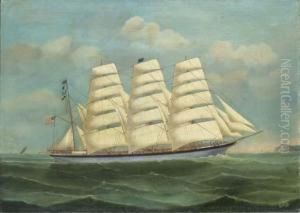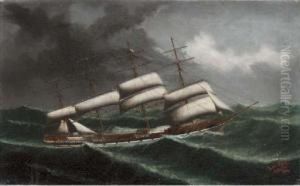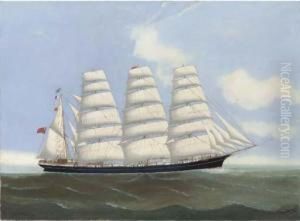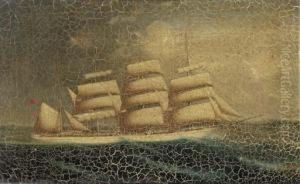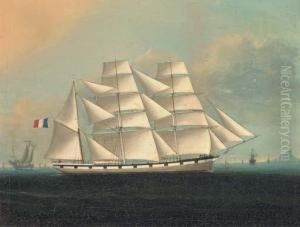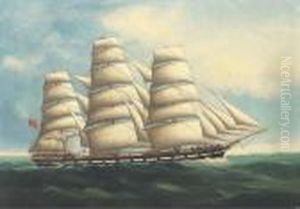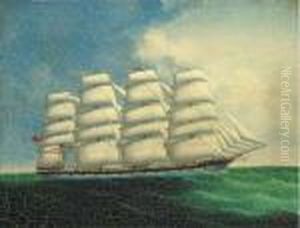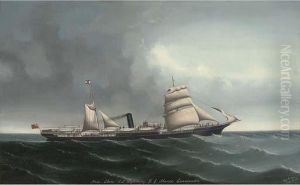Lai Fong Paintings
Lai Fong, also known as Afong, was a notable Chinese photographer during the late Qing Dynasty. Born in 1848, Lai Fong was a pioneer in the field of photography in China. He is best known for his portraits and panoramic landscapes that capture the essence of China during a period of significant change and modernization.
Lai Fong opened his photography studio, Afong Studio, in Hong Kong around 1870. The studio quickly gained a reputation for its high-quality work, attracting a clientele that included both the local elite and foreign residents and visitors. Afong Studio was among the first to offer Chinese-themed photographic views and albums to Westerners, which became popular as travel souvenirs and helped to introduce Chinese culture to a broader audience.
His work was characterized by a combination of Western photographic techniques and a distinctively Chinese aesthetic. Lai Fong's landscapes and cityscapes offer valuable historical insights into the architecture, urban life, and natural beauty of 19th-century China. His portraits meanwhile often featured prominent figures of the time and provide a glimpse into the fashion and social status of his subjects.
Unfortunately, little is known about Lai Fong's personal life, and information about his training and early career remains scarce. It is believed that he learned photography from Western photographers who were active in the region. Despite this, his natural talent and skill allowed him to excel in the craft and leave a significant legacy.
Lai Fong's contributions to early Chinese photography were not only artistic but also documentary, providing a visual record of a period that would soon be transformed by the political and social upheavals of the 20th century. His photographs remain a valuable resource for historians and art enthusiasts alike, offering a rare and captivating window into the past. Lai Fong passed away in 1890, but his work continues to be celebrated for its historical importance and artistic merit.
